
The Cherokee People have begun THE TRAIL OF RETURN back to their ancient homeland and are seeking.
1. the return of all land which has never been used by the government as well as
2. the fair compensation for the land taken in 1838

We are pursuing the recovery of both damages and some of the land in twin campaign called the Trail of Return.
The legal basis for the return of the land is like most new ideas so simple to contemplate and understand that it was missed.
The US Constitution’s Fifth Amendment requires just compensation be paid for any property for public use. Every case up to this point of time has only dealt with the issue of just compensation no case has ever addressed whether the taking, itself, was for the public use or good. It has always been accepted that every taking was for the public good so no one ever questioned that point until now.
The taking of the Cherokee land was done to get rid of the Cherokee Indians, that was the government’s sole purpose. The government made sure of its intention to do so when it passed the 1830 Indian Removal Act which gave President Jackson the right to take Indian lands.
For the government to prevail against us, the American people would have to agree that the Indian Removal Act of 1830 which allowed President Jackson to force Indian off their lands was for the public good and not just a means to get rid of Indians.

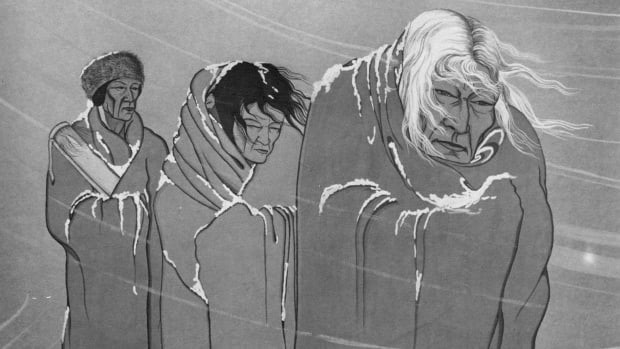
1. CLASS ACTION LAWSUIT
The first approach is a legal campaign which is simply a Fifth Amendment attack based on the fact that fair compensation for the land was not paid. This is essentially a factual dispute to be tried by expert appraisals on the value of the land in 1838, Each year dozens of such cases are filed in state and federal courts.
As everyone can see, in our complaint posted on this web site, we are seeking only the fair compensation for land that was taken as well as all land which was taken and never used. We are not even seeking rent for the 182 years for any land that is returned just to make is easier to give back. It would not cost the government one cent to give the unused land back because it never properly paid for the land, has not used it, or improved it so the government has no money invested or even a reason to keep such unused land.

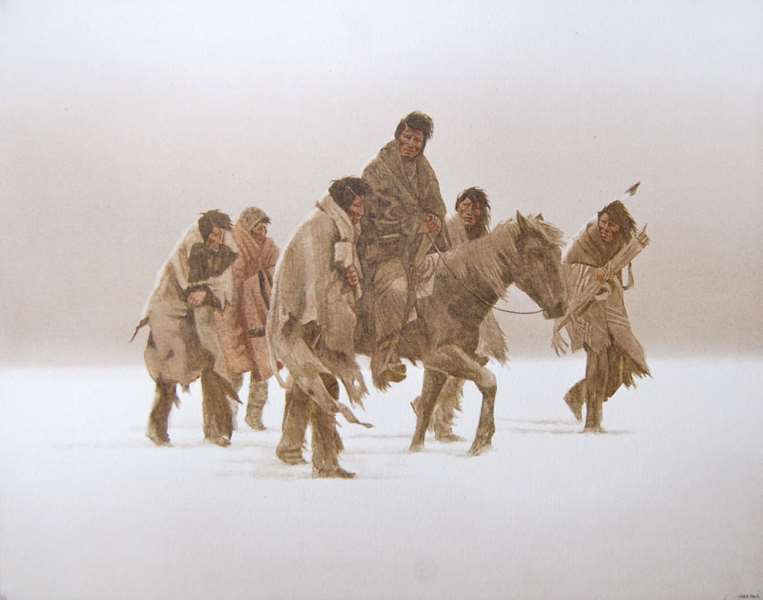
In our case, the government paid $5 million for 4 million acres in THE TRAIL OF TEARS 1835 TREATY. The price for the land was not negotiated. Then the price was not fully paid until 1906 when the Cherokee sued the United States for unpaid portion. The government lost and was ordered by the United States Supreme court to pay $1.16 million at 5 percent from 1838 United States v. Cherokee Nation, 202 U.S. 101 (1906).
The $1.25 sales price per acre which the government set in the 1835Treaty was the same price which it paid in an earlier 1819 treaty without consideration to the true value of the property in 1838. In addition, the size of the Cherokee land itself was wrong as it was closer to 4.5 million acres.
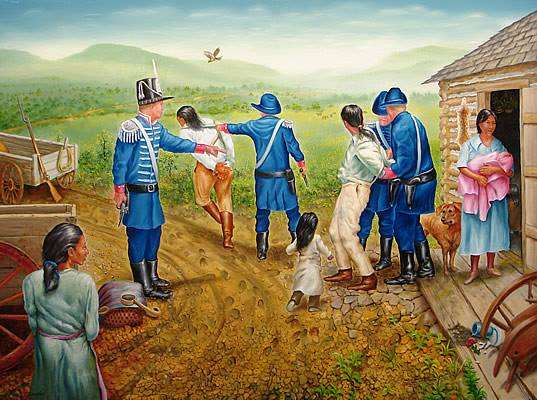
Professor Matthew Gregg of Roger Williams University wrote a scholarly article "Shortchanged: Uncovering the Value of Pre-Removal Cherokee Property." The Chronicles of Oklahoma, (3) 2009, pp. 320-335. wherein he appraised the agricultural value alone the land was worth, in 1838, at $7.2 million. In addition, the government did not value the gold reserves at the time even though it knew that $1.6 million in gold had already been taken illegally by the State of Georgia through 1835, The US government was responsible to reimburse the Cherokee for the value of the gold but did not do so.
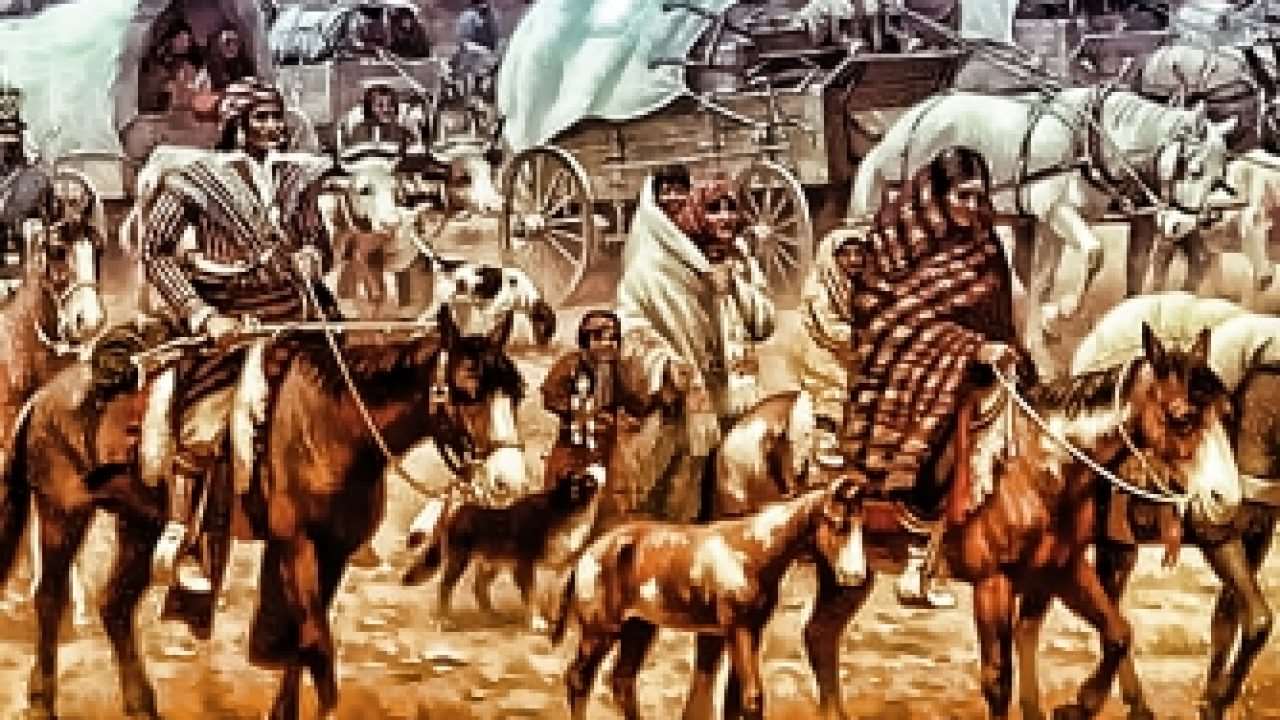
The United States has lost every case filed brought against it by Indians seeking fair compensation for land taken under treaties,
Under the Trail of Tears Treaty, three of the other tribes have previously sued separately and each has won
- Choctaw Nation v. United States, 119 U.S. 1 (1886)
- United States v. Creek Nation, 295 U.S. 103 (1935), https://en.wikipedia.org/wiki/United_States_v._Creek_Nation
- Seminole Indians vs United States 455 F.2d 539 (1972)
In addition, the Cherokee used in 1960 for the fair compensation of their land in Oklahoma taken in the 1880 treary and won.
- The Cherokee Nation or Tribe of Indians v. United States, Docket No. 173, 9 Ind. C. Comm’n 162 (April 3, 1961).
The Black Hill Sioux sued and won in 1980
- United States v. Sioux Nation of Indians, 448 U.S. 371 (1980) and
The Blackfeet sued and won in 2009 a $1.4 billion cash judgment
- Cobell v Salazar – https://en.wikipedia.org/wiki/Cobell_v._Salazar
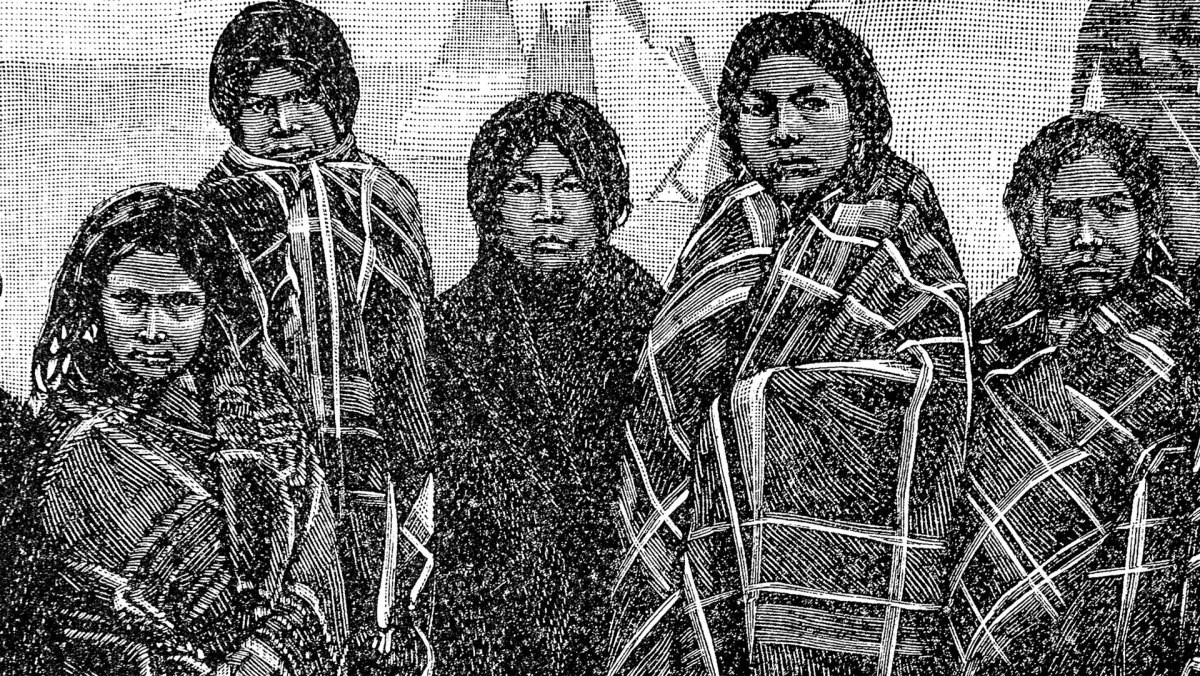
2. POLITICAL ATTACK
The Cherokee should win their legal case. It would take the Supreme Court changing 150 years of precedent for the Cherokee to lose. That said, there is possible a faster way than going through a 1 1⁄2 year legal lawsuit.
This is an election year. The Cherokee was also pursuing a political line of redress as well. The Cherokee are seeking a quick bill from Congress for the same relief as sought in the lawsuit. This happened before for the Sioux in 1978 who got a bill passed allowing them to relitigate their case de novo and by doing so received an award of interest aa well.
We have sent to five Native American Congressmen two of whom are Cherokee a proposed bill which is set forth on this site TRAIL OF RETURN and CHEROKEE CORONAVIRUS RELIEF seeking their sponsorship for the relief.
Such a bill would ultimately save the government money as it would save at least a year of interest at 5 percent from the judgment over going to trial. The return of unused land would actually cost the government nothing as the land had not been paid for or improved.
THE TIME OF TAKING THE INDIAN VOTE FOR GRANTED IS OVER. IN
THIS ELECTION YEAR, THE INDIAN VOTE IS CRITICAL.
To show support for the political approach to those seeking Indian support for local, Congressional as well as the Presidential elections, we have created a Re-Petition of the Dead which is on this web site. It was this plea to the United States Congress not to take the Cherokee land and forcibly remove the People in a 2200 death march which was ignored in 1835 . Now we will see if the Congres will ignore the Petition again – this time in an election year when Indians can vote.
We hope everyone who supports our efforts will both sign the Re-Petition of the Dead and pass it along.
IF INDIANS VOTE TOGETHER NO ONE CAN WIN THE PRESIDENCY WITHOUT THE INDIAN VOTE
An example of the importance of the Indian vote could be, if it works together, is that in the 1980 Presidential election President Bush carried Florida by a mere 537 votes and thus won the election. If just 540 Seminoles who either voted for Bush or did not vote at all had instead voted for Gore, then he would have won. Florida is such a close swing state that if our supporters insist that the candidate we support our position then the winner will.
In the 2010 Census, there were 819,045 person who claimed Cherokee ancestry. Along with their non-Indian spouses, relatives and friends they have influence on upwards of 5 million voters. If we can reach these people with the the justice of what we are going, then those candidates supporting our bill will receive the support of our supporters at the polls.
We will support those who support us as well as their party’s presidential candidate and thus we are all assured success in this election year.
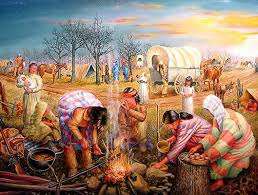

RADIO INTERVIEW
1. WMNF Radio Interview
2. ON THE CASE WVON 1690 AM CHICAGO
